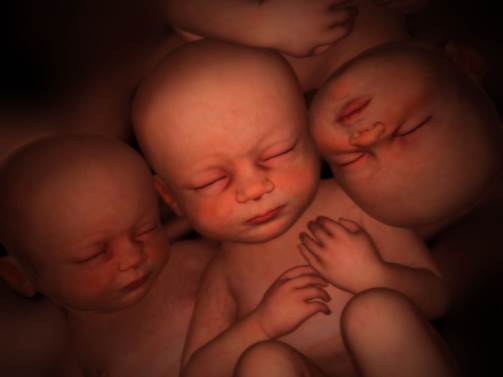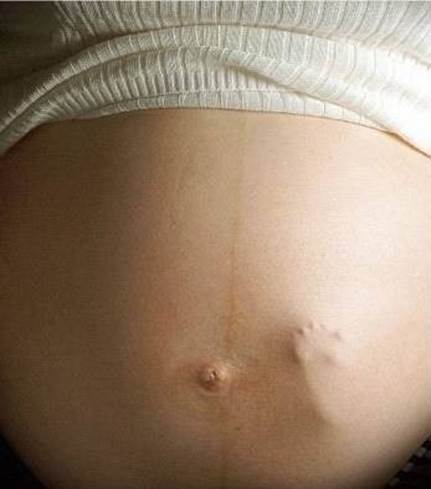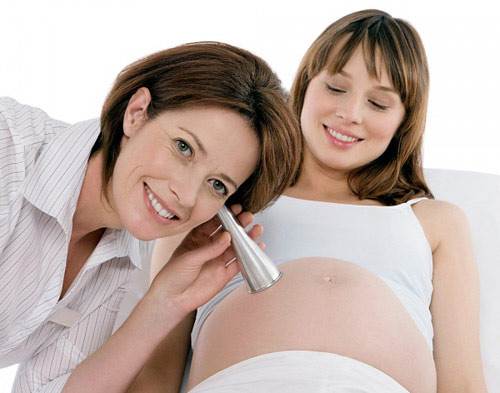In the 34th - 36th
week of pregnancy, fetuses tend to turn their head down.
Pregnant women are really interested in and
curious about fetal positions in the womb. You always wonder where your babies
are so that you can play with them, don’t you? Let’s find out!

There’re
many fetal positions in the womb.
In first months: Freely choose location
In common, in the 4th week of
pregnancy (counting from the moment that you’re officially pregnant, it’s the
second week of pregnancy), your baby is an embryo and moves from fallopian
tubes to the uterus. In the uterus, the embryo will find a suitable location to
attach to. When stable, the embryo starts to be divided into 2 cell groups: one
fast develops into a placenta, other develops into a fetus.
In the womb, the fetus grows non-stop
through months and the fetal location also changed a lot; sometimes the head is
up, other time it turns down.
From the 32th to 34th weeks: Start to stabilize
location

From
32th to 36th weeks of pregnancy, fetuses start kicking.
However, from 32th to the 36th weeks of
pregnancy, you can feel the head of fetus from the lower abdomen, under the
navel because its feet keep stamping on the upper abdomen… There are some women
that have feeling about some parts of the fetus sooner than the period of time.
At the moment, the fetal head is not strong enough to define precisely that it
is the head.
Before born, it is good for the delivery if
the heads of the fetuses are fit in the pelvis. The heads of the fetus will get
harder when calcium focuses on the skulls; you will have obvious feelings about
baby’s head.
From 32th to 34th weeks, obstetricians can
examine and explore the womb to define the location of the fetus. Additionally,
that location can be changed for times during pregnancy.
34th-36th weeks of pregnancy:
Stabilize location

In
the 34th-36th weeks of pregnancy, fetuses tend to turn
their head down.
In the 34th to 36th
weeks of the pregnancy, fetuses tend to go to a fixed location where they lie
in with their heads in the pelvis and wait to be born. If fetal head is in the
opposite side in the 37th week, it’s possible that it will turn to
the right side; however, it’s getting harder for that possibility to happen
when it comes to the last period of pregnancy.